As I mentioned in my last post, Cumaná is one of the oldest cities founded by the former Spanish crown on continental lands. However, the dominion over these territories, which are now part of the current state of Sucre, took more time.
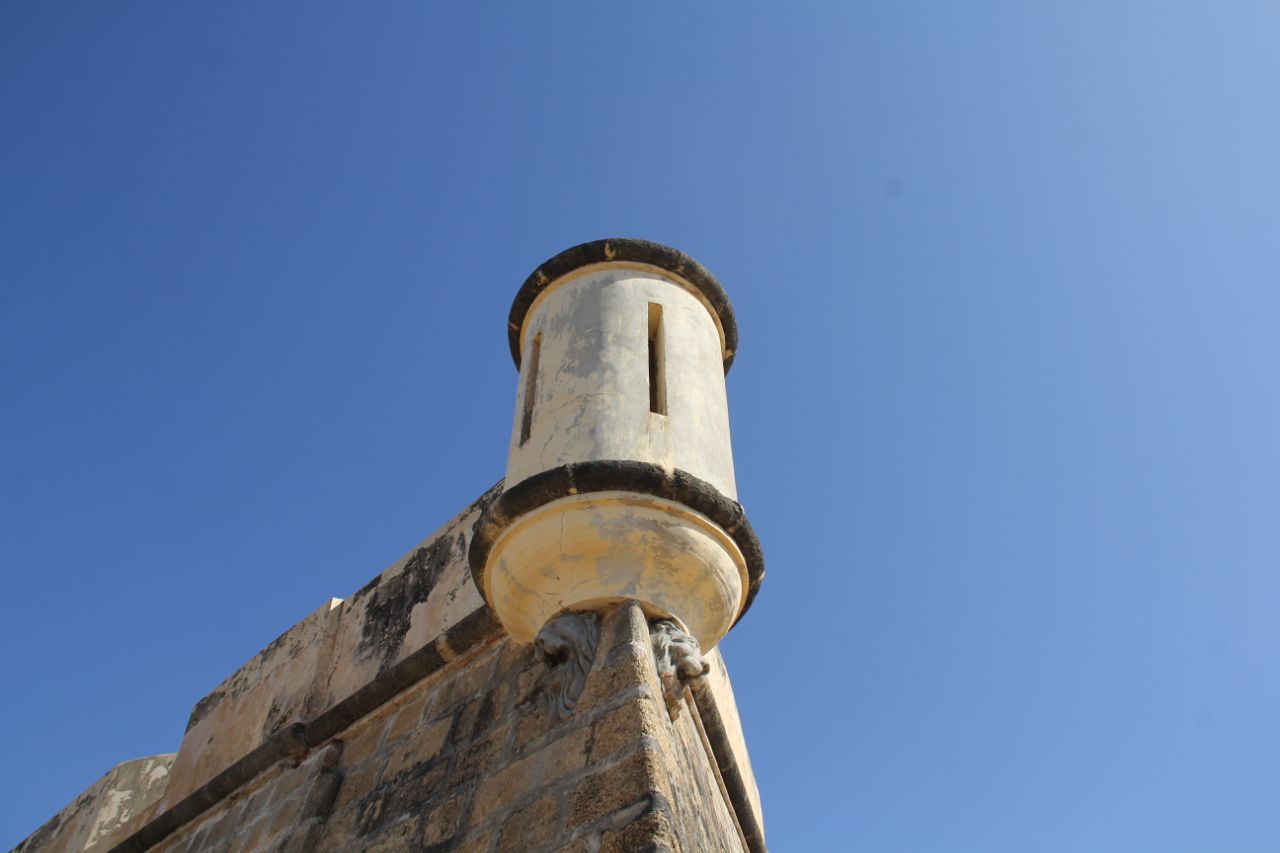
Due to constant sieges by pirates and privateers, as well as continuous rebellions by the local indigenous people, the ancient kingdom decided to erect a military fortress to establish its control over the vast area to be conquered and defended.
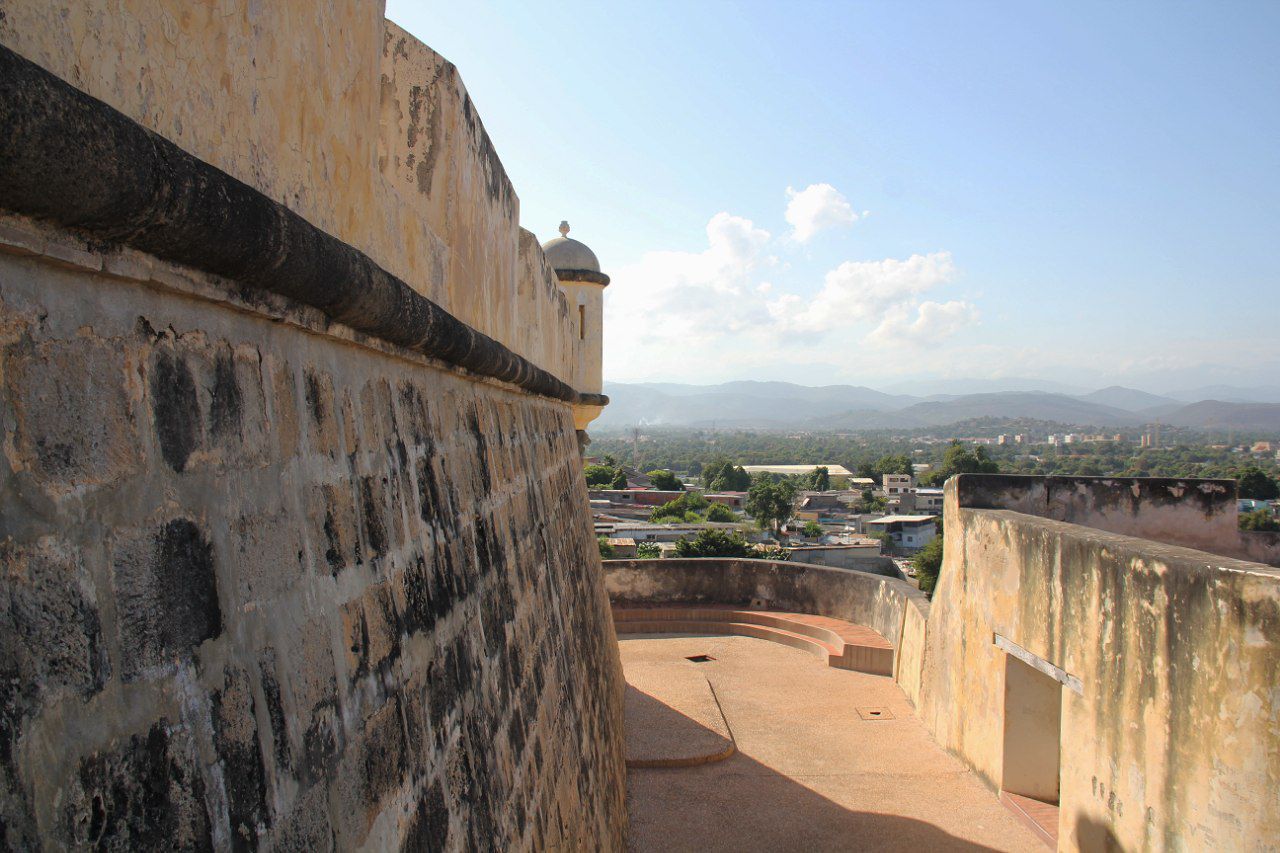
Built in the middle of the 17th century. This impressive construction, which has survived several earthquakes, still stands to a large extent.
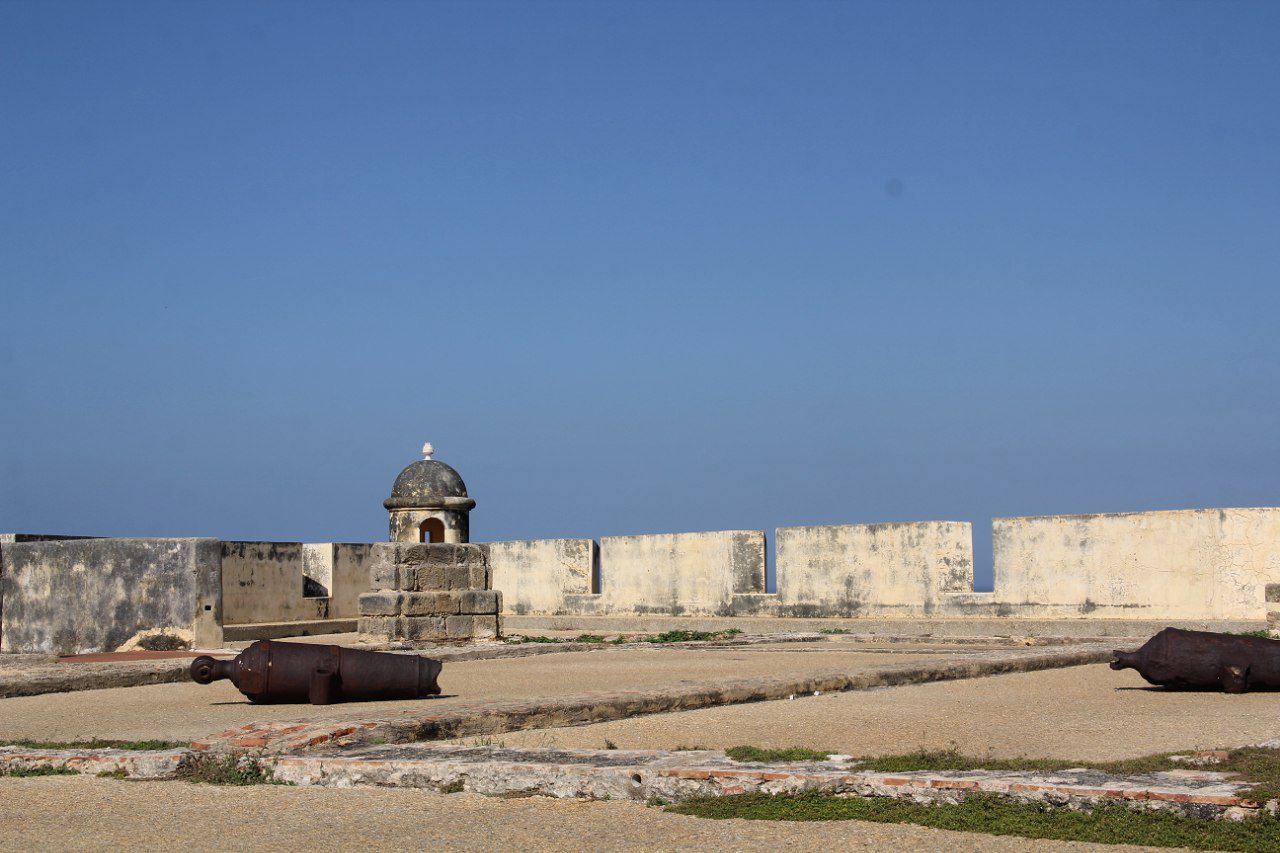
Built with marine stone amalgamated with a local version of calicanto, these enormous blocks composed of stones and corals extracted from the Araya Peninsula itself, facing the coast of Cumana.
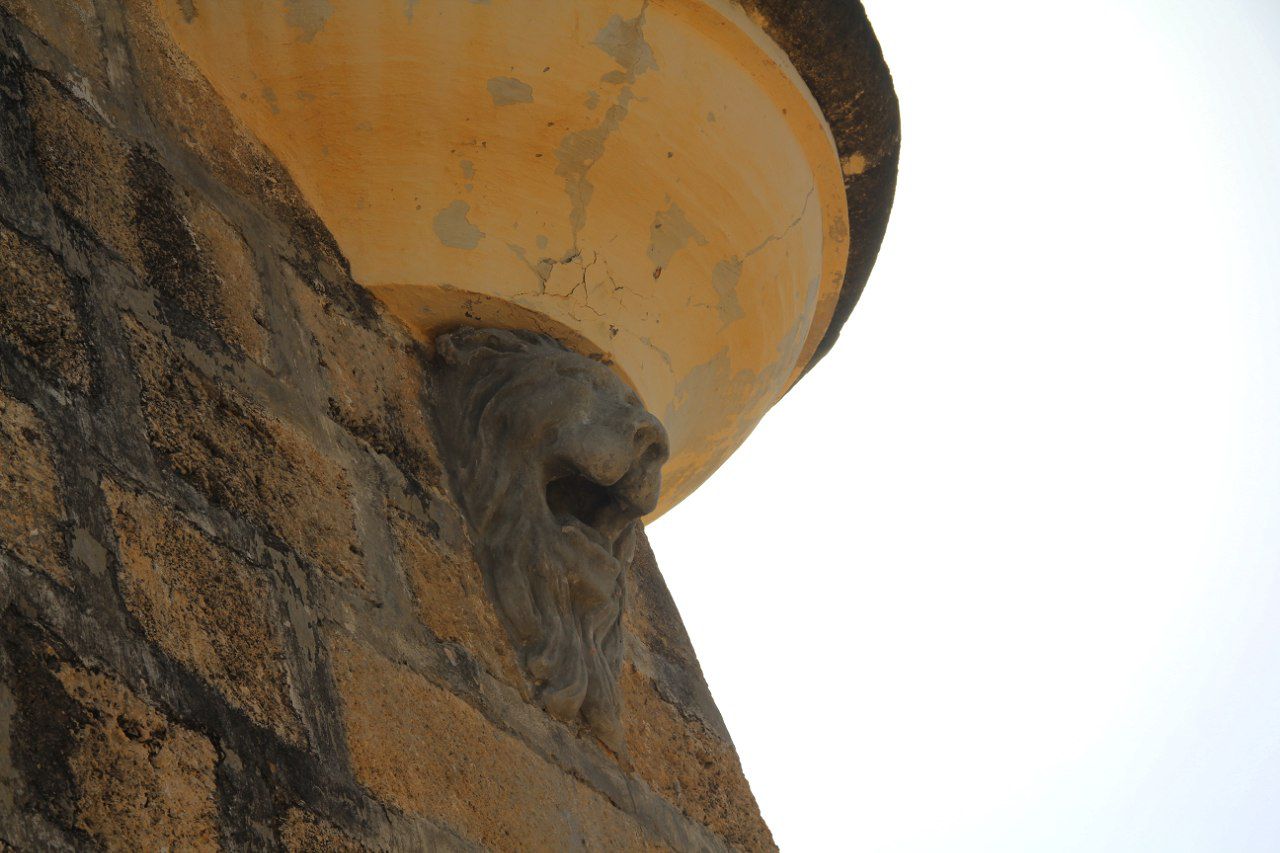
These military buildings also had extensive governmental use, in addition to the military and judicial use they are normally associated with.

In their dungeons, several notable figures of the 19th-century American independence struggle spent gloomy days, including José Antonio Páez himself, after having been the president of Venezuela and accused of conspiracy.
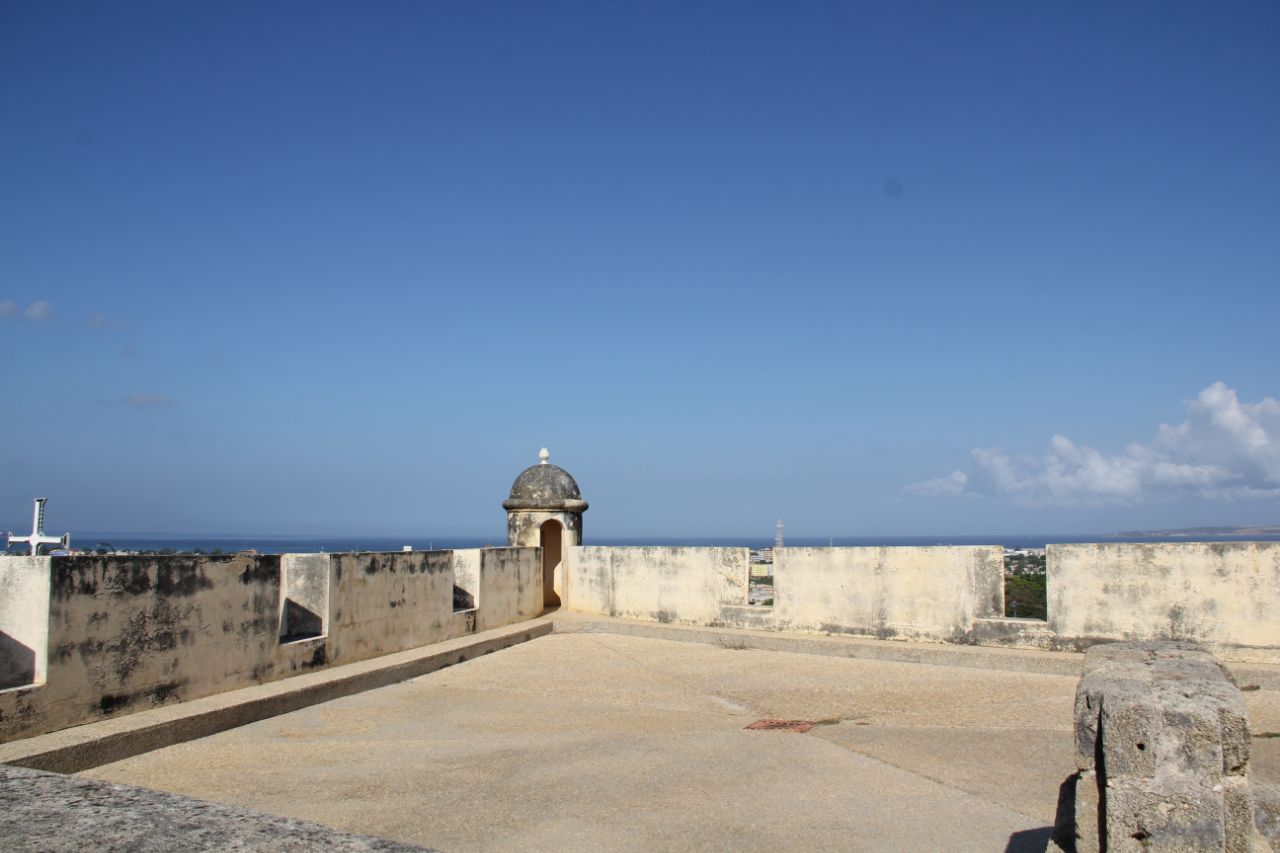
Perhaps the most poignant anecdote is the remembered visit and the first night spent on the American continent by the great German explorer Alexander von Humboldt, who also brought a telescope in his luggage. Authorized by the king of Spain himself, he spent a few nights on the rooftop of this building, observing the Cumaná sky.

The strategic importance of Cumaná during the period of conquest and the independence struggle has been remarkable, and the construction of its military fortresses bears witness to the economic and military significance of this coastal port for the former Spanish empire.
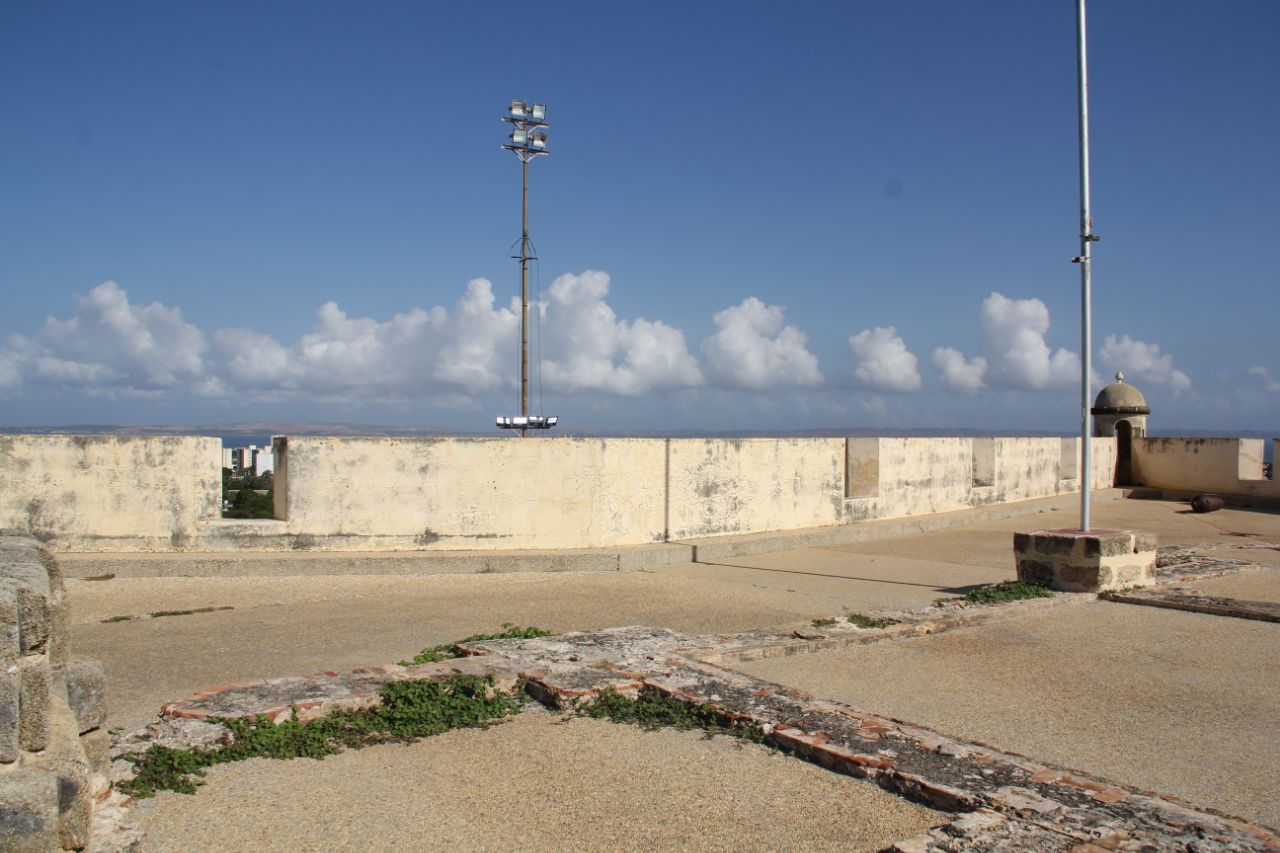
During my brief visit to the "castle," as it is commonly known, I had the fortune of being attended to by a well-informed guide who turned the tour into an enjoyable and interesting conversation, full of historical facts and curiosities
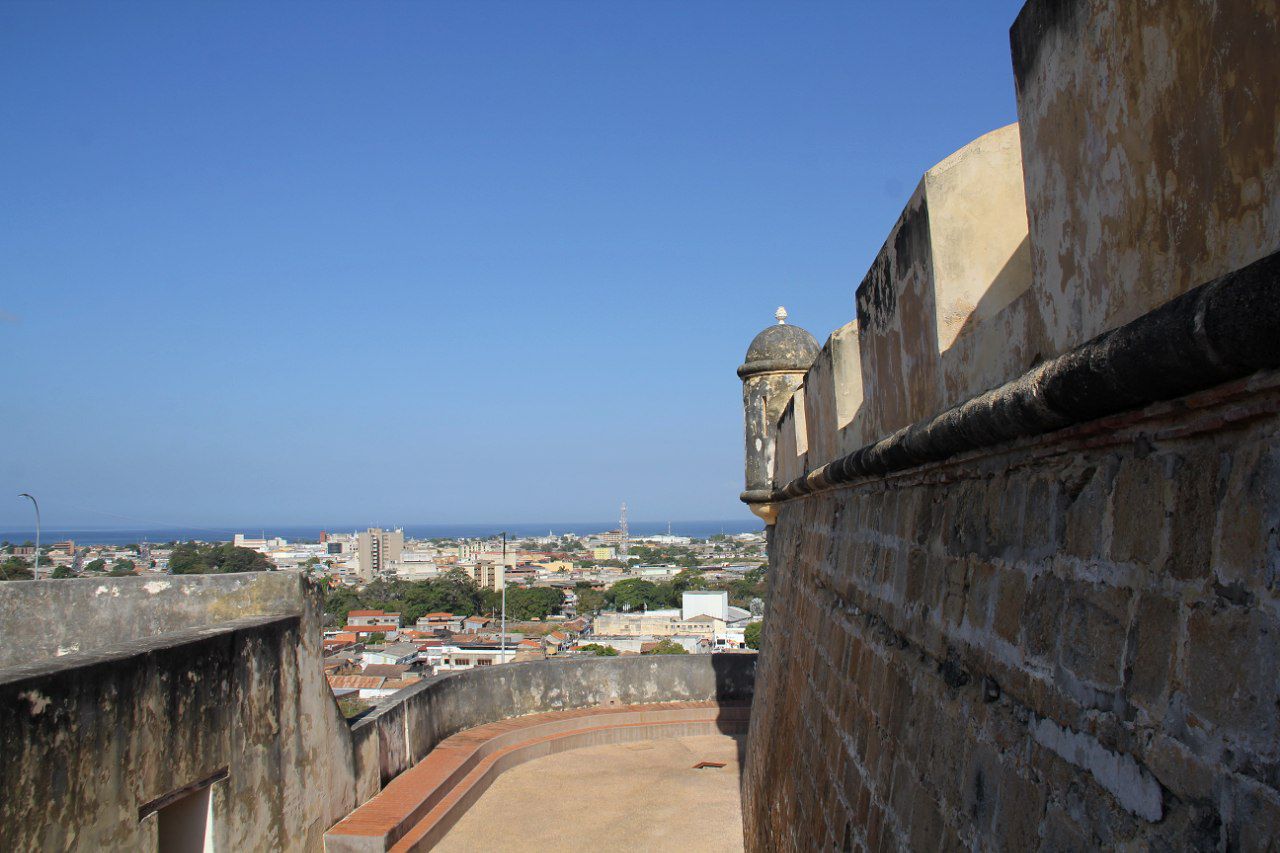
Español
Como mencioné en mi último post, Cumaná es una de las ciudades más antiguas fundadas por la antigua corona española en tierras continentales. Sin embargo el dominio de estos territorios que forman parte del actual estado Sucre tomo más tiempo.
Debido a los constantes asedios de piratas y corsarios y las continuas rebeliones de los indígenas locales, el antiguo reino decidió erigir un fuerte militar para asentar su control sobre la vasta zona a ser conquistada y defendida.

Construido a mediados del siglo XVII. Esta impresionante construcción que ha sobrevivido a varios terremotos, aún se encuentra en gran medida en pie.
Construida con piedra marina amalgamada con una versión local del calicanto, estos enormes bloques compuestos de piedras y corales extraídos de la propia península de Araya, frente a la costa de Cumana.
Estos edificios militares también tenían un uso extensivo a nivel gubernamental, además del uso militar y judicial con el que normalmente está asociado.
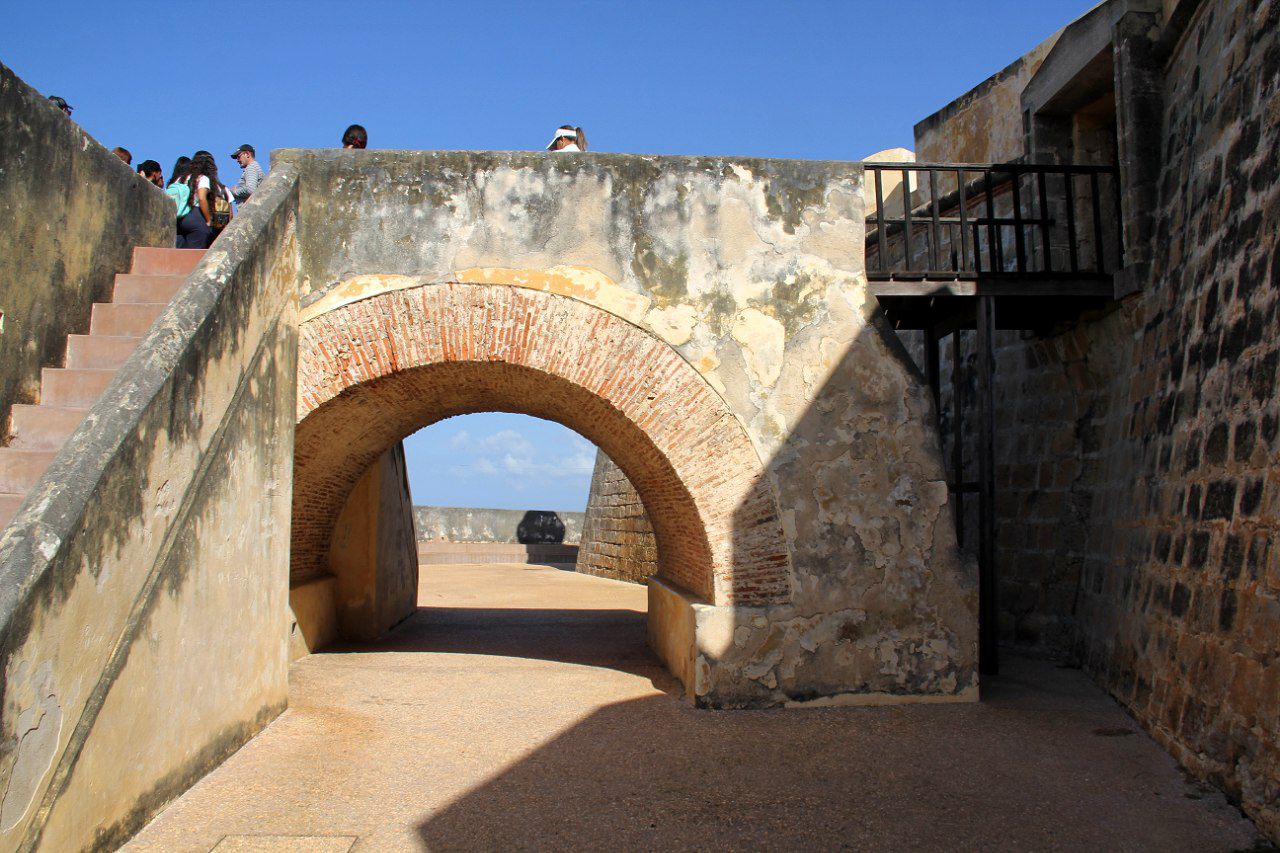
En sus calabozos pasaron grises días varias de las personas más notables de la gesta independentista americana del siglo XIX, incluyendo el propio José Antonio Páez después de haber sido presidente de Venezuela, acusado de conspiración.
Quizás la anécdota más sensible es la recordada visita y donde pasó la primera noche en el continente americano quien además traía en su equipaje un telescopio, el gran explorador alemán Alejandro Von Humboldt, quien autorizado por el propio rey de España, paso unas noches en la azotea de esta edificación observando el cielo cumanes.
La importancia estratégica de Cumaná durante el periodo de conquista y gesta independentista ha sido notable, y la construcción de sus fortalezas militares son testigos de la relevancia económica y militar de este puerto costero para el antiguo imperio español.
En mi breve visita al “castillo” como comúnmente es conocido, tuve la dicha de ser atendido por un muy bien informado guía que hizo del recorrido una conversación amena e interesante, llena de datos históricos y curiosidades.